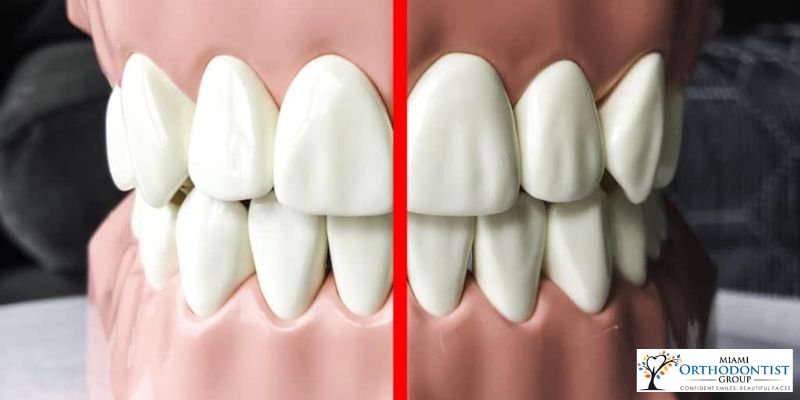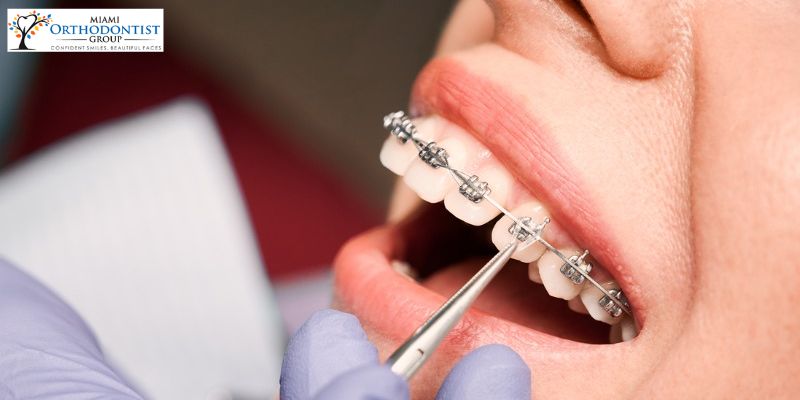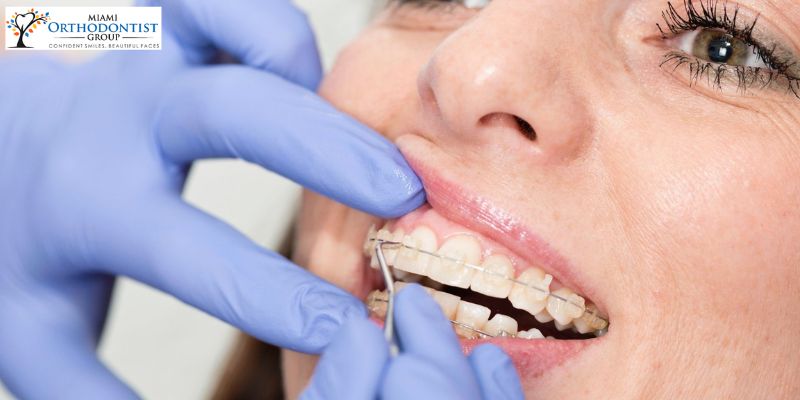Bite alignment issues can stop your teeth from carrying out their proper functions as they should. Many factors can cause this problem, but the good news is that you can smile again and live a confident lifestyle if you opt for proper bite alignment treatments.
There are different treatments for people with bad bites. However, the most common is wearing braces to adjust or reposition the teeth. You can receive orthodontic treatment according to your bite problem and its seriousness. Here is everything about bite alignment issues and how to treat them.
What is Bite Alignment?

A normal arrangement of teeth in the mouth, or occlusion, occurs when the upper and lower jaws are brought together. On the other hand, malocclusion happens due to incorrect tooth arrangement. Bite alignment issues can lead to health issues if you do nothing to correct them on time.
You can correct your teeth misalignment problem through dental intervention such as wearing orthodontic braces, undergoing surgery to fix the jaw, wearing clear aligners, or even filling the teeth. When you visit your orthodontist to treat your bad bite, they diagnose your bite type before suggesting an appropriate intervention.
Furthermore, bad alignment problems can be a reason why many people have gum disease. Usually, keeping the teeth clean is usually easier with perfectly positioned teeth. When you have malocclusion, poor oral hygiene can hinder proper brushing and flossing, thereby increasing the chance of tooth decay.
Your top priority should be keeping your gums and teeth free from decay. When you fail to maintain healthy teeth, plaque builds up and begins to form tartar, resulting in inflammation of the gums and the teeth wearing off. To ease bite alignment issues, you must get the right treatment to bring back your normal occlusion, to help you chew properly, maintain a healthy smile, and boost your confidence.
What are the common bite problems?
Having a normal bite means your teeth can touch each other evenly. However, bad bites mean the teeth are mismatched. Here is a list of some bite alignment problems:
Open bites occur when the upper and lower teeth fail to meet when you close your mouth or bite down.
- Overbite: Overbites occur when the top teeth protrude further than the bottom teeth.
- Underbite: Underbites happen when the bottom teeth at the front protrude past the top teeth in the jaw.
- Overcrowded Teeth: Overcrowded teeth occur when the growth space in between the teeth is too narrow, causing them to crowd together.
- Crossbites: Crossbites occur when the upper jaw is uneven with the lower jaw, both in length and size.
This occurs when the middle of your upper front teeth does not match the middle of your lower teeth.
If you are suffering from any of the bite alignment issues above, you can get proper treatment and restore your teeth to reduce the risk of oral problems. When you treat bite alignment problems, it will not only help you restore proper bite; it can help you avoid issues such as:
- Headaches, jaw deterioration, jaw clicking and popping, and jaw pain.
- Tooth sensitivity.
- Uneven wear and tear is happening on the teeth.
- Cracked or chipped teeth.
- Eating problems and speech impairment.
- Shifting or crowded teeth.
- Periodontal problems, including loss of bone around the teeth and gum recession.
- Low self-confidence due to an unappealing smile.
What Causes Bite Alignment Problems?
A normal bite should allow your upper and lower teeth to fit together and keep you from biting your lips, tongue, and cheeks. When this is not happening, then you have bite alignment problems. Many causes can result in bad bite conditions, but they are mostly passed to another person genetically.
Some common causes of bite alignment problems are as follows:
- Childhood behaviors include tongue thrusting, thumb sucking, using a pacifier for too long, and excessive use of a feeding bottle.
- Hereditary causes, where parents pass down bad habits to their children.
- Bite alignment is due to the varying sizes of the upper and lower jaws or when the jaw size does not match the size of the teeth, thereby causing overcrowding or other bite abnormalities.
- Cleft lips and palate can cause bite alignment issues.
- Jaw fractures become misaligned as a result of severe injury.
- Jaw and mouth tumors cause bite alignment issues
What can be used to treat bite alignment issues?
Traditional Braces

Traditional braces can correct bite alignment problems. While many adults dislike metal braces because of their visibility, it is an effective orthodontic treatment that sometimes has insurance policies. So, if you have bad teeth, dental insurance can cover your treatment. Traditional braces involve wire, metal brackets, and elastic bands to gradually shift the teeth into a perfect position in the mouth.
Lingual Braces
Lingual braces are nearly like traditional braces. The difference between the two orthodontic braces is that the brackets attach behind the teeth, not at the front. Adults can opt for this treatment as it is not as visible as traditional orthodontic braces. However, only a few orthodontists offer the treatment.
Self-Ligating Braces
Wearing self-ligating braces and wearing traditional orthodontic braces have similar functions. But, instead of elastic bands, a sliding device is used to hold the wire. When wearing any metal or wire-made braces, whether it is lingual braces, traditional braces, or self-ligating. It would help if you left these braces permanently on your teeth until treatment is over.
Only professional orthodontists can take off the braces after treatment. However, it would be best if you visited your orthodontist from time to time to check your braces and get essential guidance on how to care for your oral health while wearing them.
Invisalign
Invisalign is a clear aligner that straightens the teeth easily using custom-made materials. It is usually the fastest and most convenient treatment for bite alignment problems. Invisalign trays are designed from plastic, a comfortable, smooth, and natural material to fit over an individual’s teeth. It can be removed and worn back and helps you maintain better oral hygiene. This treatment is mostly for people with mild bite alignment problems.
Conclusion
If you have a unique bite alignment issue, such as overcrowded teeth, open bites, under-bites, crossbites, overbites, and so on, you can treat the problem through orthodontic measures. It would help if you visited your orthodontist for specialized bite alignment treatments to improve your smile, chewing ability, speech, and general appearance.


